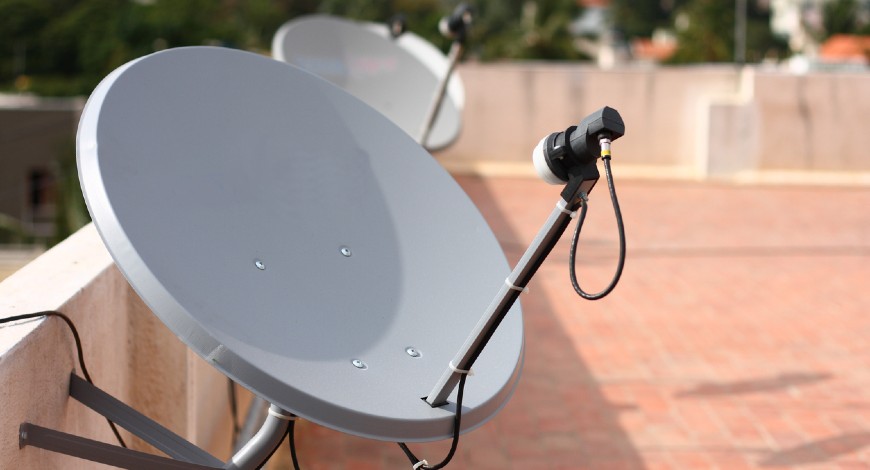Headlines Of The Day
Tariff hike to beam up revenue of DTH cos to ~95% of pre-pandemic level

Recent tariff hike by direct-to-home (DTH) operators in India will lead to 6-8% growth in their revenue to ~Rs 19,500 crore in fiscal 2024 — or roughly 95% of what was channelled in fiscal 2020 before the Covid-19 pandemic struck.
However, net subscriber addition to DTH sector is expected to remain flattish over the medium term, amid increasing uptake of digital and Doordarshan Free Dish platforms, and stiff competition from cable operators.
The analysis of CRISIL-rated DTH companies, that covers almost the entire DTH sector, indicates as such.
The ongoing recovery in the sector follows implementation of the amended New Tariff Order (also known as NTO 3.01) by operators from February 1, 2023, which have spawned tariff hikes. Over the past three fiscals, there was regulatory constraint on hiking tariff even as subscription declined.
Says Naveen Vaidyanathan, Director, CRISIL Ratings, “Consequently, we expect the sector’s monthly average revenue per user (ARPU) to grow 7-8% to ~Rs 300-305 this fiscal. This would the beam up the sector’s revenue, although it will still be ~5% short of fiscal 2020 levels. Over the next few years, the sector should continue to grow moderately, driven by expectation of further revision in tariffs. That said, alternative platforms available to consumers for watching content may keep net subscriber additions flattish.”
While DTH operators have always been competing with cable distributors, the proliferation of digital or over-the-top (OTT) platforms and increased broadband connectivity are persuading a portion of affluent subscribers to cut the cord, or switch to digital and connected platforms from linear television (TV). This includes a growing preference to consume entertainment on mobile phone screens because of convenience led by on-demand availability of content.
Besides OTT, there has been an increase in traction for Free Dish because of wider and free content availability with just one-time payment for set-top boxes.
Says Rounak Agarwal, Team Leader, CRISIL Ratings, “But pay TV DTH subscription is unlikely to be impacted much by rising demand for Free Dish, which is largely meant for rural consumers with low income. To be sure, a third of Indian households don’t have a TV connection, and we believe this underserved market will drive the growth of Free Dish. Moreover, we don’t see large-scale cord-cutting scuppering the DTH model anytime soon because the average cost of prime OTT subscription, including broadband, is still >2x compared with the average subscription cost of linear TV.”
Given Indians are price sensitive, unless the differential between these platforms narrows, no major substitution from linear TV to digital subscription is expected. And price convergence looks unlikely in the foreseeable future as OTT content creators are already grappling with high content cost amid limited paid OTT subscriptions in India.
That said, growing competitive alternatives in the form of bundled offerings by telecom operators at lucrative pricing could pose a threat to overall TV viewership and will bear watching. BCS Bureau





